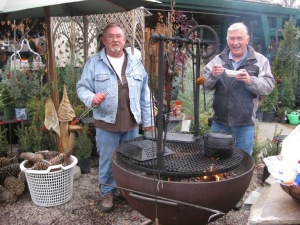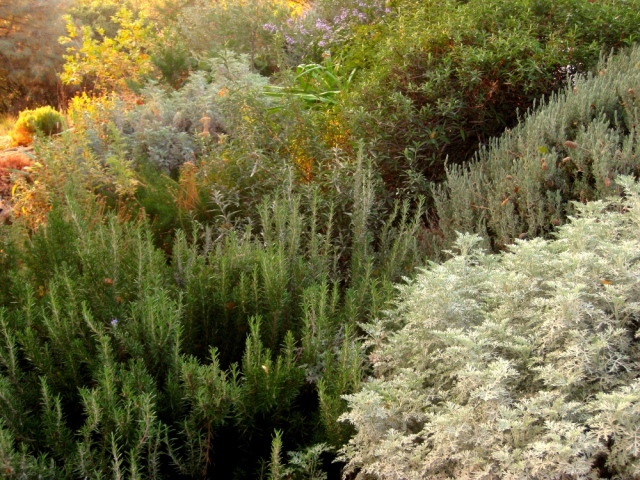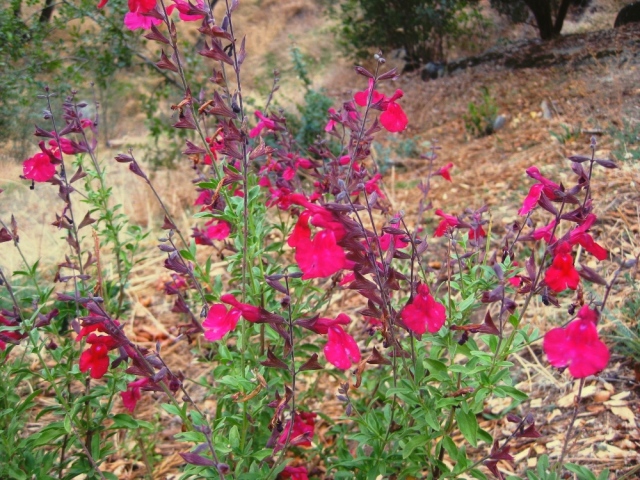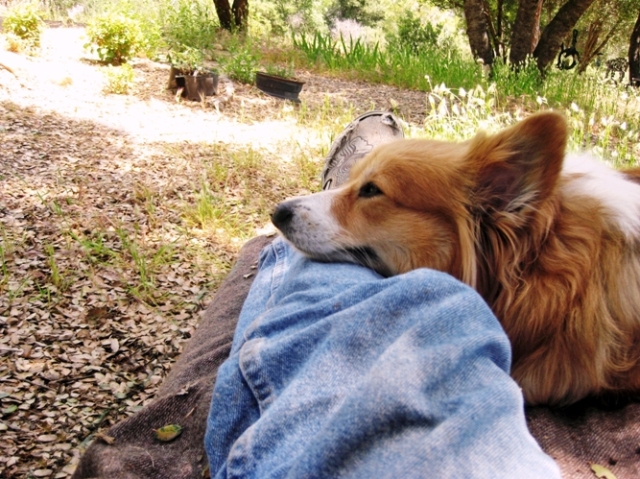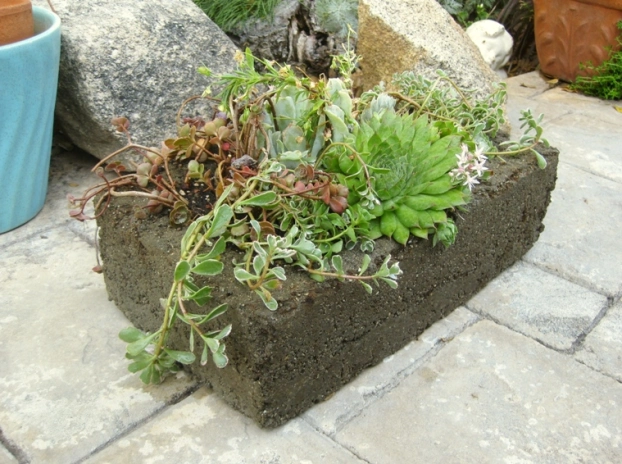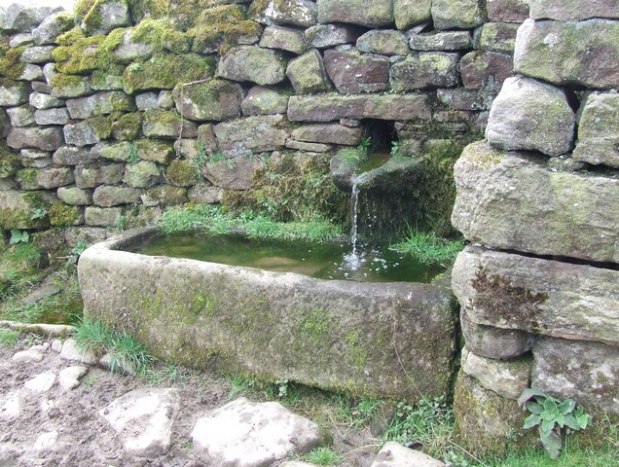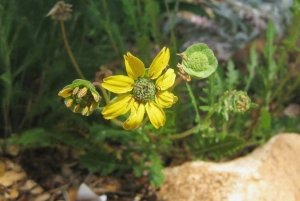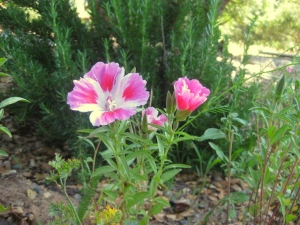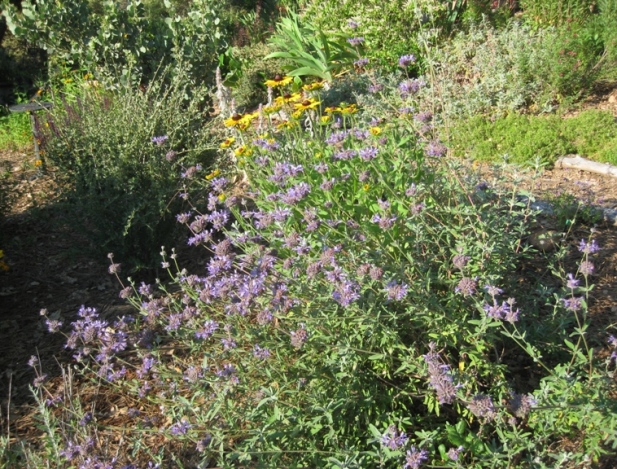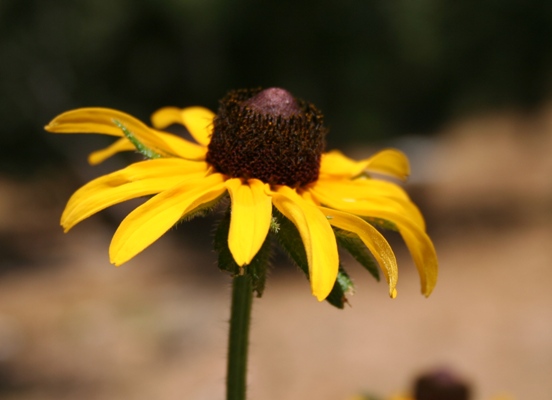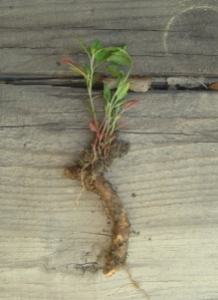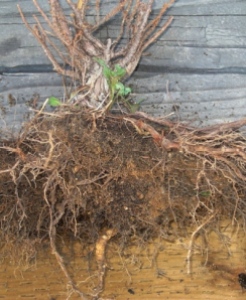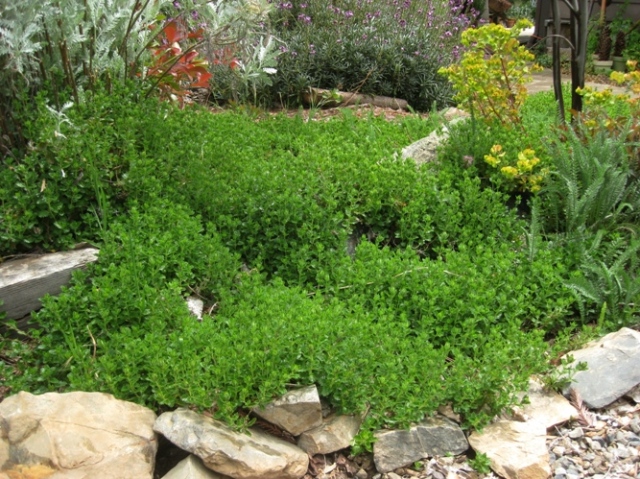December gardening in the Sierra foothills
What you and I can do now in the Sierra foothills:
Christmas shop!
Christmas trees are at our local Western Sierra Nursery right now and as an added bonus, owner, Mark Holland, will be serving from his cauldron of chili most every day to shoppers buying bulbs, bare root veggies and violas, all of which are in plentiful supply. Be sure to check out the three huge bins of ‘Ugly Plant Sale’ in the back near the evergreen trees.
Try Deer resistant shrubs…

